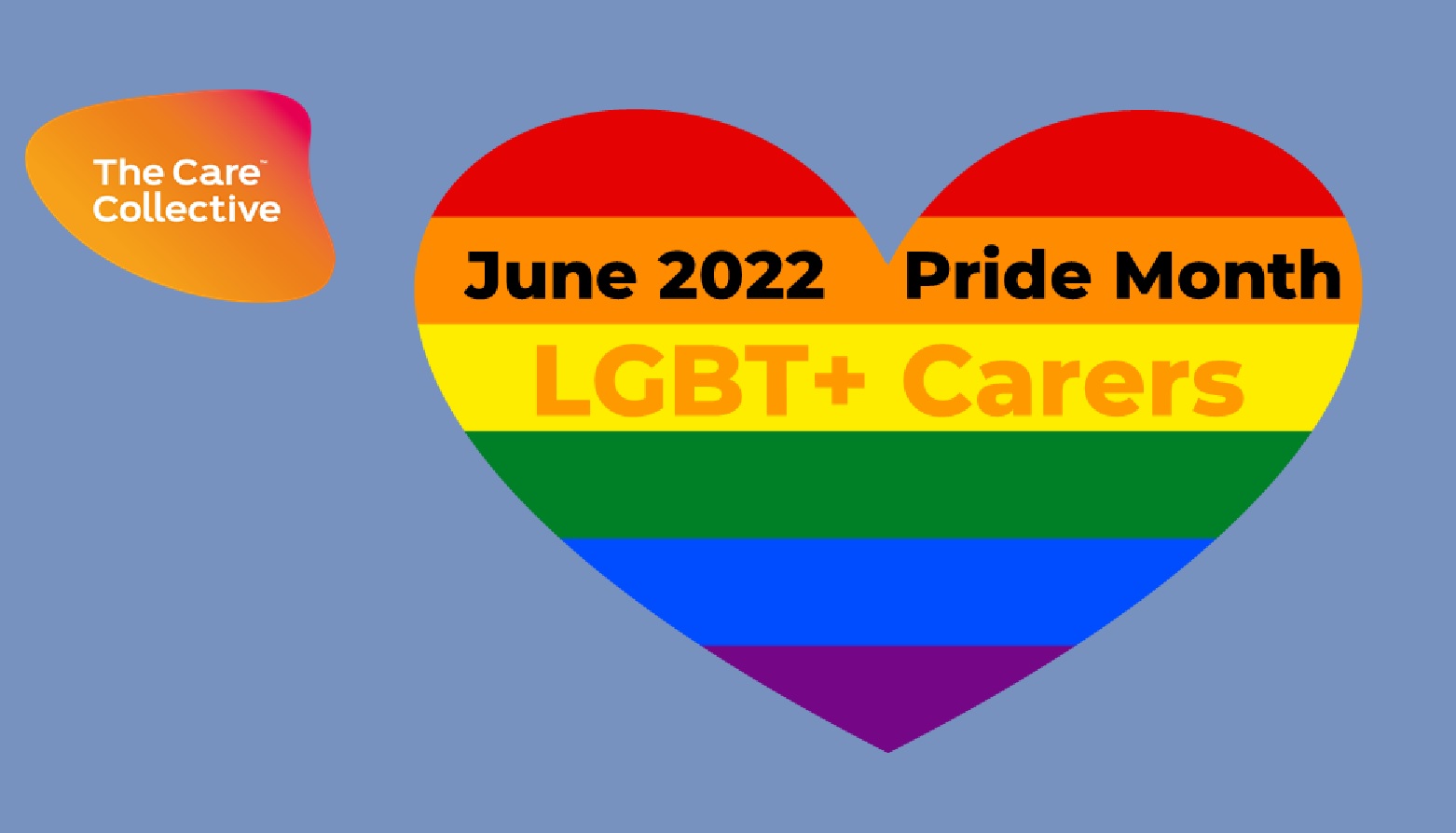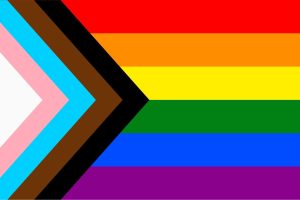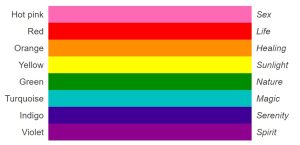20.06.2022
Pride Month: LGBT+ carers

20.06.2022

Each year, the month of June is also known for being Pride Month, which highlights issues, good and bad, that people who are LGBT+ experience. Here are some thoughts around being a carer and identifying as a LGBT+ person.
Being lesbian, gay, bisexual or trans and a carer can bring additional issues and challenges.
Many feel out of place in traditional support groups or uncomfortable about coming out to people who can help, even if those people are supportive. Past negative experiences may be a factor for this. Some feel anxious about accessing services and have concerns that they may not be LGBT+ friendly, or be able to meet their needs.
There are some specific things that shape LGBT+ experiences of being a carer. It is important that people or organisations, such as The Care Collective, who support carers, and plan services for them, are aware of these things. This helps ensure LGBT+ carers are comfortable accessing carers’ services and get the right support at the right time.
Unpaid care is traditionally undertaken by women. However, this isn’t necessarily the case for LGBT+ people. In these scenarios, men and non-binary people (those who do not identify as male or female) are just as likely to be carers. In addition to this, LGBT+ people, sadly, are less likely to receive support from their relatives. LGBT+ people may rely less on ‘traditional’ family structures for support, relying instead on chosen family and community.
In a world where people are assumed to be straight, and where partners often tend to be involved in providing care, LGBT+ carers can often find they are not always recognised as a person’s partner and carer. Providing care can be tiring as well as physically and emotionally challenging. Carers often feel invisible in their communities, which can impact on their well-being. This experience can have a bigger impact on LGBT+ carers if they are not recognised by support services and those around them. Despite this, it is sometimes assumed that LGBT+ relatives will be the ones to take on caring roles. There is a perception that if they do not have ‘normal family commitments’ they will have more time and capacity to care for others.
Telling someone you are a carer might involve describing your relationship with the person you are caring for. If you are the person’s partner, this could mean coming out. Someone who identifies as LGBT+ comes out to many people over many years. You don’t just come out once. It takes emotional energy each time you come out, and some carers may simply want to conserve their energy and avoid situations where they are likely to feel the need to come out. Services which do not have an LGBT+ inclusive approach may, unknowingly, be making it difficult for LGBT+ carers to get help.
What we have highlighted here, will not be the same for all LGBT+ people, or they may experience differing levels of what we have outlined, but they will most certainly experience some.
People still ask why visibility, representation and events, such as Pride, are necessary. The truth is that anti-LGBT+ rhetoric and homophobic violence have increased dramatically since 2016, and so all charities and public services need to ensure they work as inclusively as possible. Society has come a long way in recent decades, but there is still intolerance and bigotry against LGBT+ people and unless you walk in those shoes, you will not fully understand what it is like to navigate life as a LGBT+ person.
Did you know..?
…while there are a number of flags representing the many aspects of the LGBT+ communities, the most commonly associated flag is the rainbow flag.

Did you know..?
… while recent rainbow flags have six different colours, the original rainbow flag contained eight different colours, with each colour representing eight different elements.

Original rainbow flag (1978)